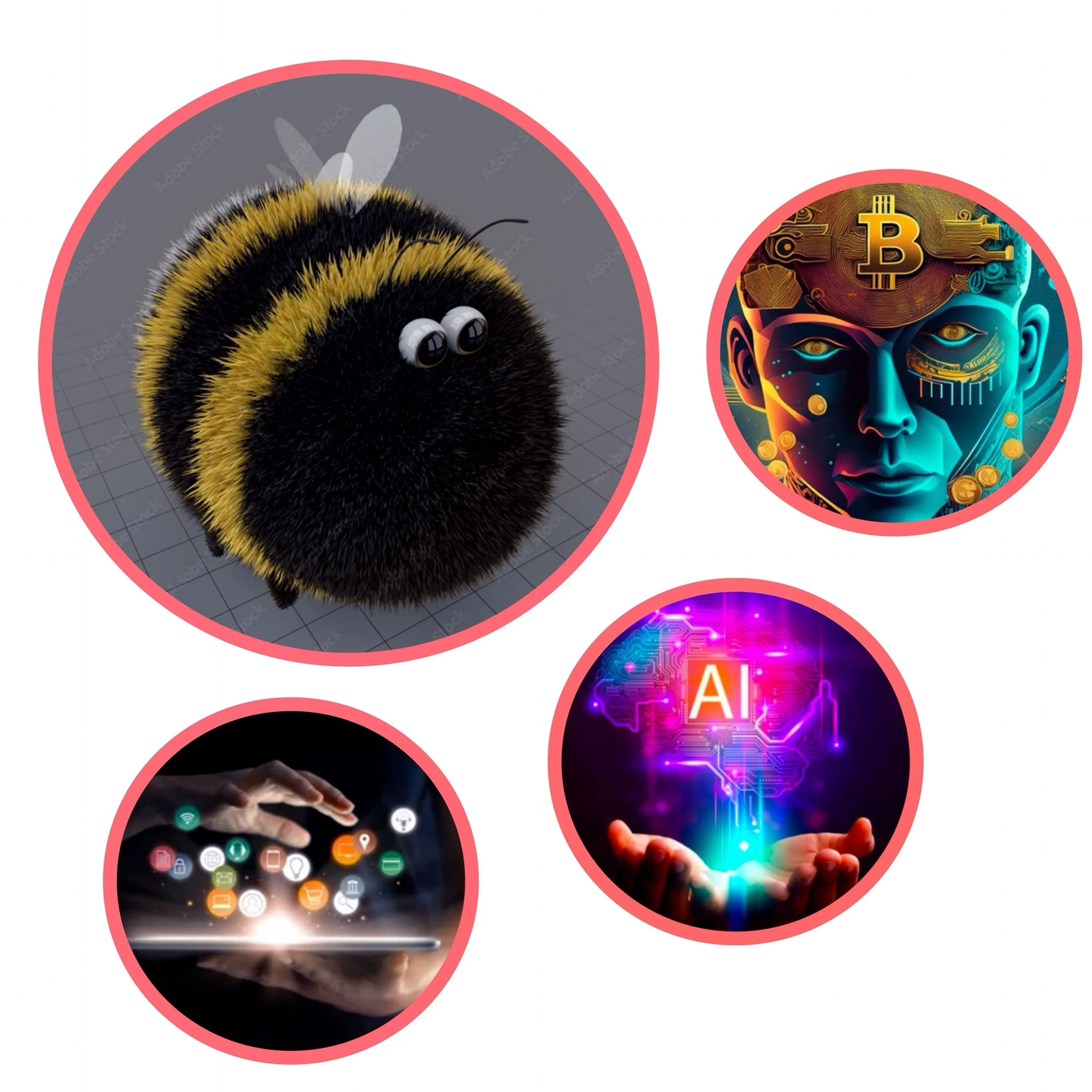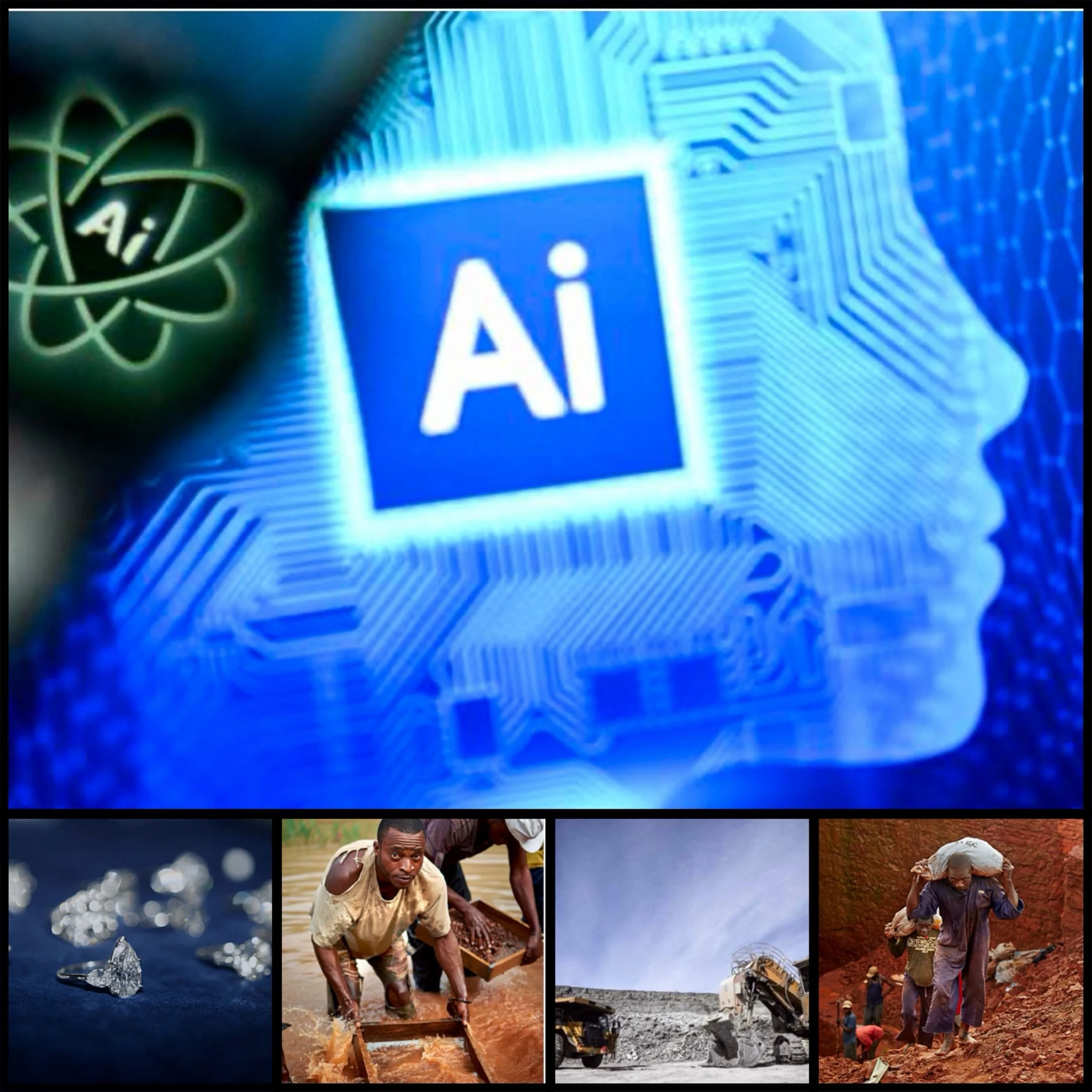What are seven patterns of AI
Introduction
The seven patterns of Artificial Intelligence (AI) represent common approaches and applications in AI development. These patterns help categorize and understand various AI implementations across different industries and use cases:
Hyperpersonalization
This pattern focuses on treating each user as an individual:
Uses machine learning to develop unique profiles for each user
Adapts and learns over time to provide personalized experiences
Applications include content recommendations, product suggestions, and tailored advice
Autonomous Systems
Designed to perform tasks without human intervention:
Includes both hardware (e.g., self-driving cars) and software (e.g., autonomous business processes) systems
Aims to minimize human labor and increase efficiency
Examples include autonomous vehicles, robots, and cognitive automation
Predictive Analytics and Decision Support
Utilizes historical data to forecast future outcomes:
Helps humans and systems make better decisions
Uses machine learning to analyze past behaviors and patterns
Applications include inventory management, demand forecasting, and risk assessment
Conversational/Human Interactions
Enables natural communication between machines and humans:
Includes text, voice, and image-based interactions
Aims to understand human intent and facilitate easier human-machine interaction
Examples include chatbots, voice assistants, and sentiment analysis tools
Patterns and Anomalies Detection
Focuses on identifying regularities and irregularities in data:
Uses machine learning to detect patterns and anomalies
Crucial for fraud detection, risk analysis, and quality control
Helps in finding exceptional cases or outliers in large datasets
Recognition Systems
Designed to identify and classify objects, patterns, or features:
Includes image recognition, facial recognition, and voice recognition
Widely used in security systems, content moderation, and user authentication
Continuously improving in accuracy and speed
Goal-Driven Systems
Aims to solve complex problems or achieve specific objectives:
Uses AI to navigate through various possibilities to reach a desired outcome
Applications include game-playing AI, optimization algorithms, and planning systems
Often combines multiple AI techniques to achieve its goals
Conclusion
These seven patterns of AI provide a framework for understanding and implementing AI solutions across various domains, helping organizations to better approach, plan, and execute AI projects







